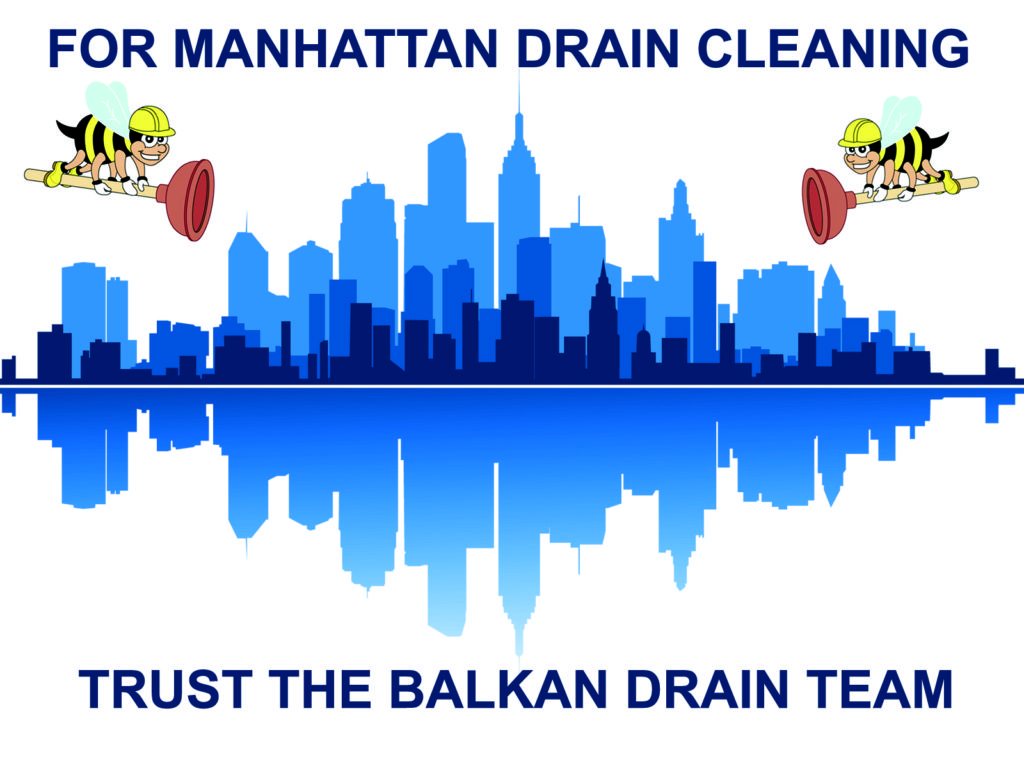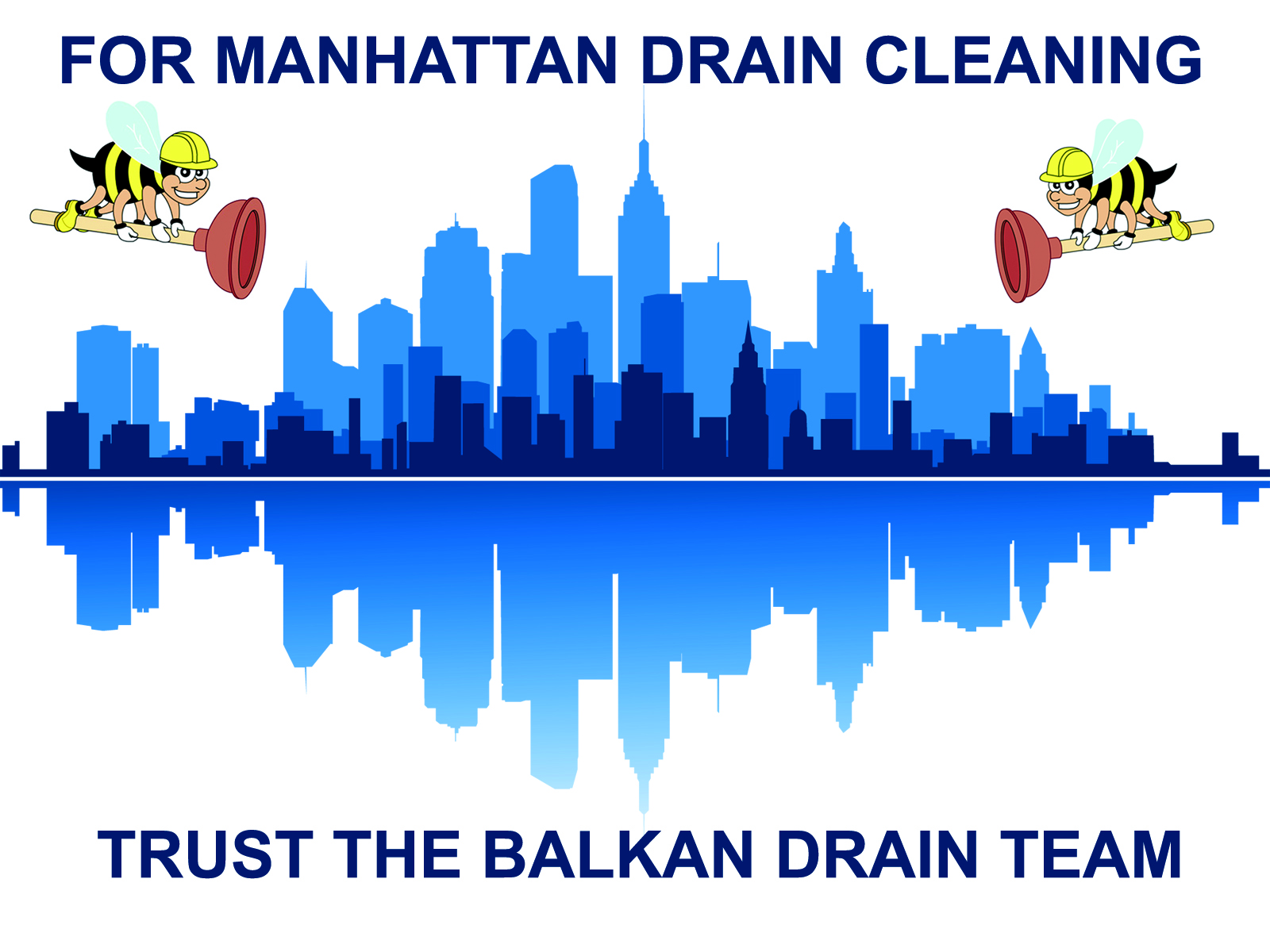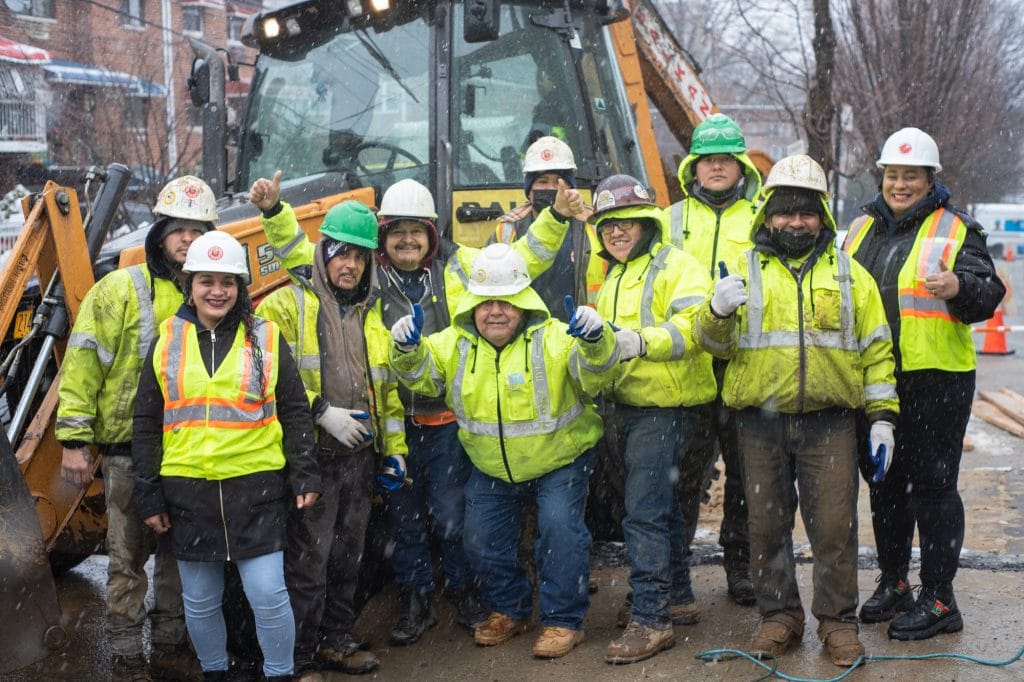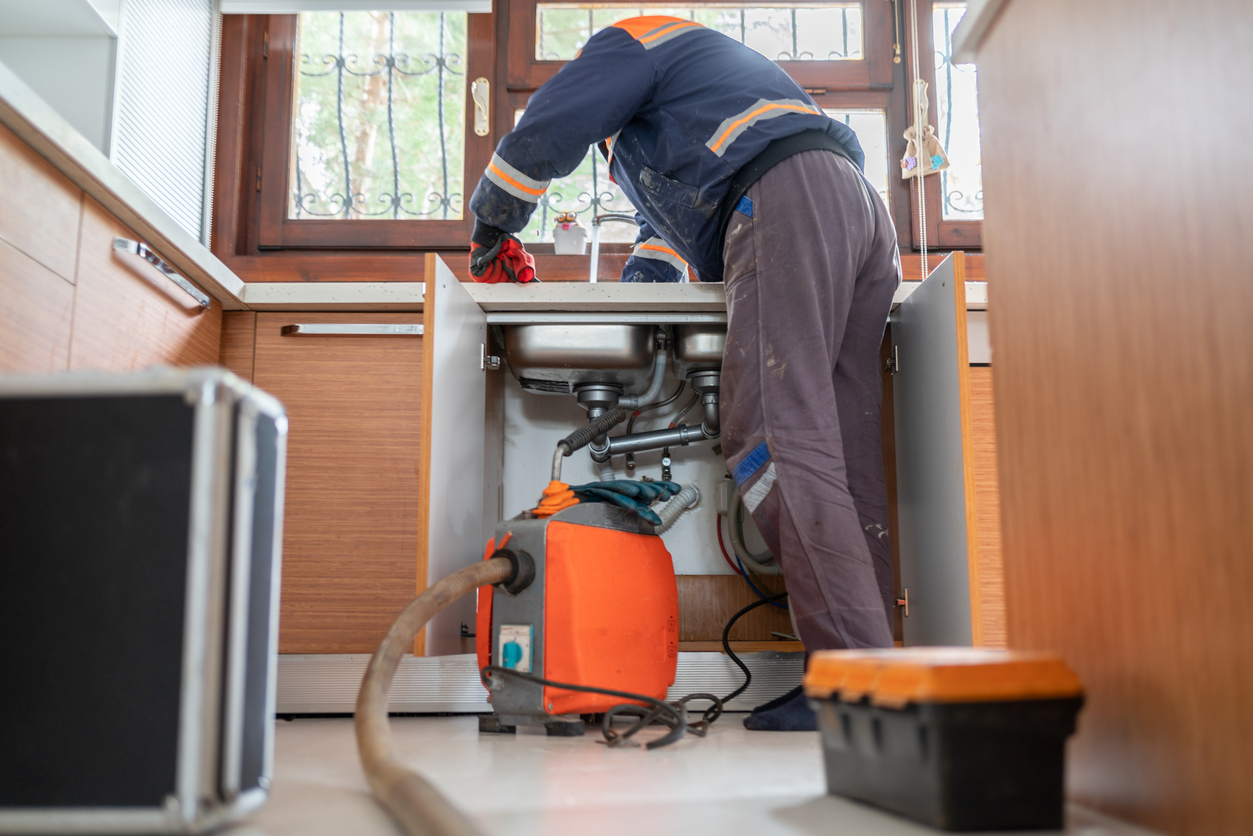There are many reasons that when Manhattan sewer cleaning is required, it is the most challenging drain service in the entire USA, if not the world. Manhattan is the most densely populated borough in New York City. Besides being the most congested borough, it is also considered the administrative and economic center of NYC. Because of this, many work areas are sensitive, or require off-hours work only. To illustrate the level of congestion, covering a land area of only about 22.83 square miles, Manhattan had a population of 1,664,518 as of 2015. Making for a population density of 72,033 residents per square mile, or higher than any individual city in the country.
As crowded as it may seem, Manhattan has its own way to stand out from the crowd. Its skyline is dominated by skyscrapers, which have always been associated with New York City’s identity since the 19th century. Put it all together, and when a drain clog occurs, Manhattan requires requires the most skilled technicians. Beginners need not apply.
Professional Manhattan Sewer Cleaning
Many people probably think that Manhattan sewer cleaning is a simple job. Some hardware stores even offer rental equipment for this purpose, but those tools are mainly residential or home-grade instead of professionally grade equipment. In Manhattan, where residential areas are over-crowded, mistakes, misuse, and accidents happen quite often. So it is advisable to consider hiring professionals to do your sewer cleaning.
Water backing up from the toilet or a gurgling noise from a toilet bowl are noticeable signs of sewer clogging. It can happen anytime, any day, especially in an old drain system. Each symptom may look easy to diagnose or fix, but they can develop into bigger problems and an unsanitary mess when handled improperly. The cleaning of sewer line clogs can be easy, assuming it is diagnosed and treated before developing into something more complicated. When you recognize the first symptoms, that is the right time to take prompt action. This is why Manhattan sewer cleaning professionals are your best bet to prevent more serious and expensive repairs. That is the time to contact the Balkan Drain Team.
It requires the expertise of experienced plumbers to determine causes of sewer problems and how to fix them. Cleaning of sewer lines may involve excavation to remove tree root penetration through drain pipes, camera inspections to figure out the location of clogs inside the pipe, or high pressure hydro-jet equipment to wash away fats and grease. In some cases, professionals can also use chemicals to keep the pipe safe from further tree root penetration.
Care And Understanding For Manhattan Sewer Cleaning
According to American Community Survey in 2009, the average household size in Manhattan was 2.11 and the average family size was 3.21. In total there were 738,644 households in the borough. Census data in 2010 showed that more than one and a half million people reside in Manhattan. The New York City Department of City Planning has calculated that Manhattan’s population would face an 18.8% (289,000) increase from 2000 to 2030.
Since the turn of the 20th century, the Lower East Side of Manhattan has been packed with waves of new immigrants. Many residential areas had become unsanitary and unhealthy form the congestion at time to time. Most tenements used to be 5-stories high and constructed on 25 x 100 lots. Improvements started in 1929 when stricter fire codes began to be implemented. The increased use of elevators also helped. However, many of the old-school, and yet to be modernized, buildings remain in existence until now on the East Side. Naturally when Manhattan sewer cleaning is needed in these older buildings, the utmost care and skill must be utilized.
Manhattan’s Waste Water Treatment System
Manhattan is one of the five boroughs of New York City, but perhaps the most well known. The other four are Brooklyn, Queens, Staten Island, and the Bronx. New York City has an extensive water treatment system, which includes more than 6,000 miles of sewer pipes. NYC has at least 135,000 sewer catch basins, 494 permitted outfalls for Combined Sewer Overflows discharge, and 93 wastewater pumping stations that distribute everything to 14 waste water treatment plants.
While the New York City Department of Environmental Protection (DEP), Bureau of Wastewater Treatment (BWT)) is responsible for the operation and maintenance of all facilities related to wastewater treatment, every resident has the obligation to keep their home plumbing system running properly to minimize the possibility of freshwater contamination all across five boroughs. In many cases this includes proper backflow prevention, which frequently requires specialized devices.
Just like everything else, a sewer system needs regular cleaning to maintain its proper function. According to United States Environmental Protection Agency, there are some traditional cleaning techniques which also act as preventive measures for sewer line damage. EPA regulations concerning hazardous materials and solid waste must be implemented in all maintenance or cleaning procedures. For more extensive cleaning methods such as pipe replacement and anything that alters an existing sewer system, building and plumbing codes should be referred to as well.
Some Of Manhattan’s Historical And Tallest Buildings
Between 1908 and 1973, Manhattan had the world’s tallest building (there was 7 years gap from 1901 to 1908 when Philadelphia City Hall held the title). In fact, there were quite a lot of buildings in Manhattan that claimed to be the highest for certain periods of time:
- The New York Building:
It was the first building to claim as the highest in the world in 1890. It was 309 feet until 1955 when it was demolished in favor of Brooklyn Bridge.
- Park Row Building:
A 29-story building standing at 391 feet claimed the title in 1899.
- Singer Building:
A 41-story building used as sewing machine manufacturer. It stood at 612 feet until 1967 when it was demolished.
- Metropolitan Life Insurance Company Tower:
Standing at 700 feet on the foot of Madison Avenue. It claimed the title in 1909.
- Woolworth Building:
The highest building in 1913, standing at 792 feet.
- 40 Wall Street:
Serving as the headquarters of Bank of Manhattan, this building secured the title in May 1930 with its 927 feet height.
- Chrysler Building:
Completed in 1929, the building stands at 1,046 feet tall. It was the tallest at that time.
- Empire State Building:
This 102-story structure stands at 1,250 feet. A pinnacle of 203 feet was added to make a total height of 1,453 feet.
- One World Trade Center:
The replacement of the Twin Towers of the World Trade Center stands at 1,776 feet tall. It is currently the tallest building in the United States.




